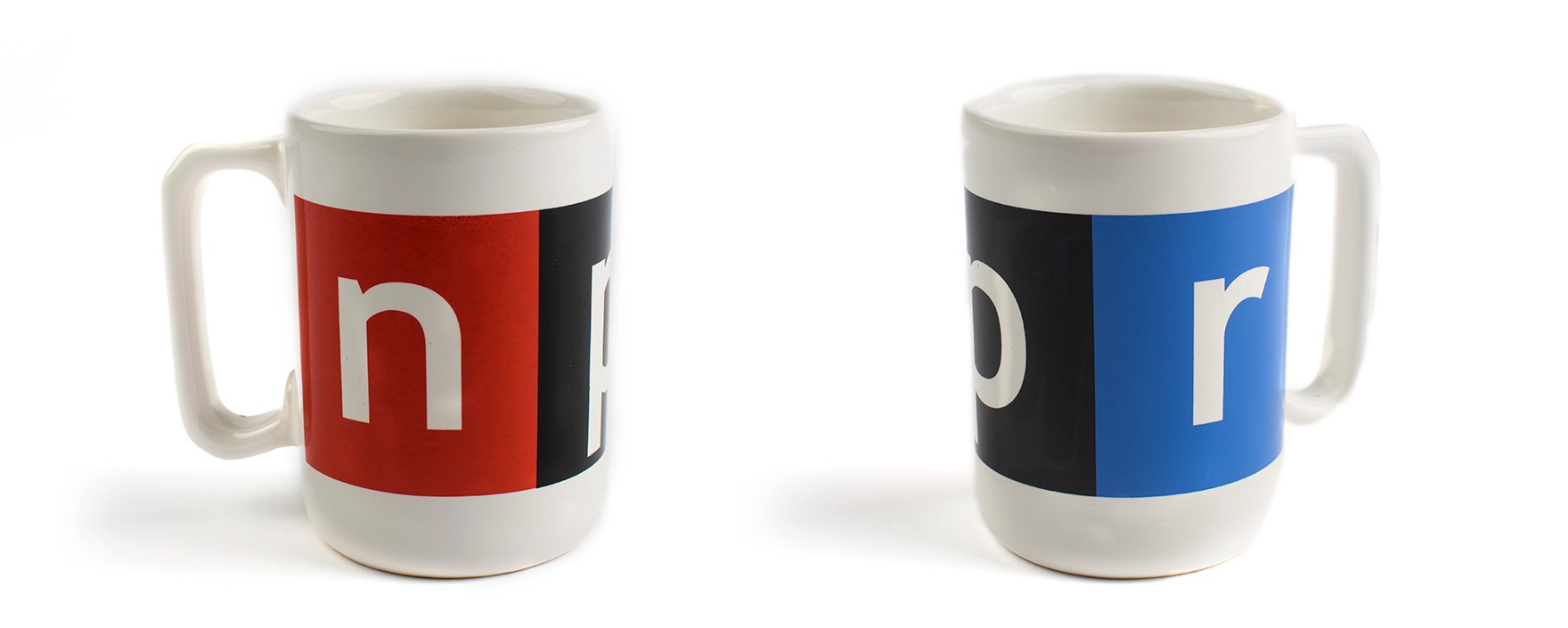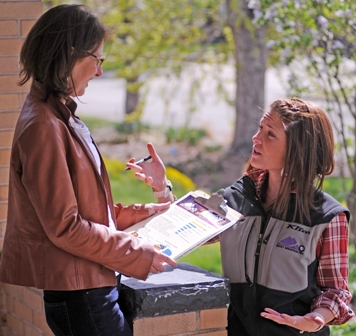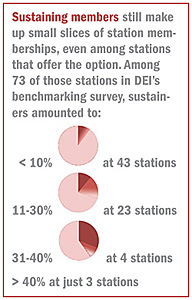Tag: Membership
SFPBS launches NextGen membership program for young professionals
"Our goal is to gain a younger audience to serve as ambassadors for SFPBS," says Tarnesha Strowbridge, VP of membership.Pets Clubs connect love of furry companions with support for public media
Membership programs aimed at pet owners are a meaningful entry point for engagement, says Marcia Smith of Mountain Lake PBS.NPR hopes podcast bundle can gain traction after slow start
NPR made their podcast bundle available to anyone in July.Stations look to increase retention as trends for new donors cause concern
"If new donors continue declining overall, that means retention of those donors is going to be more important than ever.”Survey illuminates generational differences in values motivating donors
Members ages 58 and younger want access to more on-demand programming, and they're willing to pay more for it.Public TV sustainer growth may be slowing, but still shows progress
Sustainers “are still the best possible source of membership revenue,” said Michal Heiplik of Contributor Development Partnership.CUNY students brainstorm ways for public media to build membership
Rather than starting by looking at pubmedia’s content, the students were told to determine the community’s needs by listening to the audience. ...New models for public media membership: Melody Kramer’s Nieman report
How can we encourage people to become invested in the future of public media, both as listeners and as members?The Pub, Ep. 8: Public media’s true biases; reconsidering the membership model
On this week's podcast: Can "membership" in public media mean more than just money for tote bags?Monday roundup: PBS, NPR ombuds address Gaza reporting; commercial TV station tries memberships
• Public media’s coverage of the conflict in Israel and the Gaza Strip has some audience members questioning news outlets’ objectivity. Last week, PBS Ombudsman ...With board support gone, KBOO leader calls it quits
The Portland community station has new leadership at the top and on its board after a failed bid to revamp workplace practices.Basic memberships: More trouble than they’re worth?
Basic memberships offered during pledge drives and in direct-mail appeals are a time-tested enticement for converting pubcasting viewers and listeners into contributors, ...Winning members at their doors
One of the most promising new membership initiatives to come along for public television in years doesn’t involve phone banks, on-air pitches ...WCNY-TV is ‘stronger and moving in a better direction’
When WCNY-TV announced that its September 2007 pledge drive would be its last, skeptics predicted the new policy would be short-lived.Why don’t more stations adopt ‘sustainer’ ways?
Public radio stations have widely adopted sustaining-member programs over the last several years. Because of this, one might assume that a significant ...














